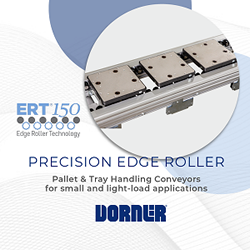Gender Diversity in Robotics and Manufacturing
The Imperative to Automate to Relieve Labor Constraints: The Reason to Attend the Automate Show
What's the Difference Between AGVs and AMRs?
Simulating Heat Transfer in Power Cables Using the Finite Element Method (FEM)
Medical Exoskeleton for Rehabilitation
High Performance Inertial Sensors for Robotic Systems
Smart, Compact Electromechanical Actuators Improve Productivity and Space Efficiency for Industrial AGVs
Understanding The Opportunities for AI-Cameras and LiDARs for Smart Road Infrastructure
Time of Flight Forges Ahead: Design Tips to Boost 3D Performance and Cut Integration Time & Cost
Computer-on-Modules For Autonomous Intralogistics Vehicles
A Fantastic Feeling - Lightweight Exoskeleton
Wireless Charging Technology for Autonomous Robotics
Robotic Dog Can Carry Out Inspections Autonomously
Robot Solution for Automating the Lettuce Harvest
Autonomous Navigation - With Millimeter Precision
Records 61 to 75 of 533
First | Previous | Next | Last
Featured Product

